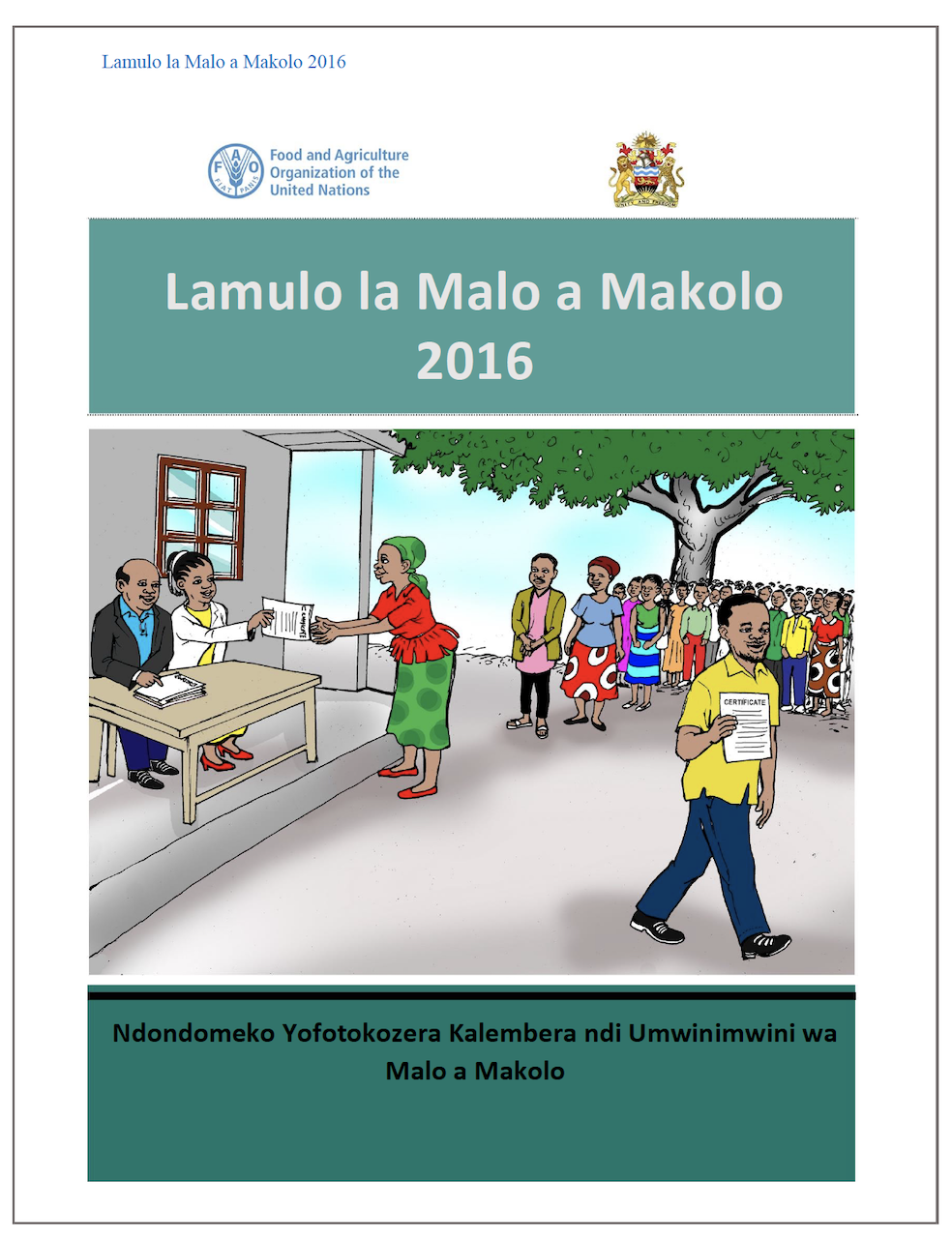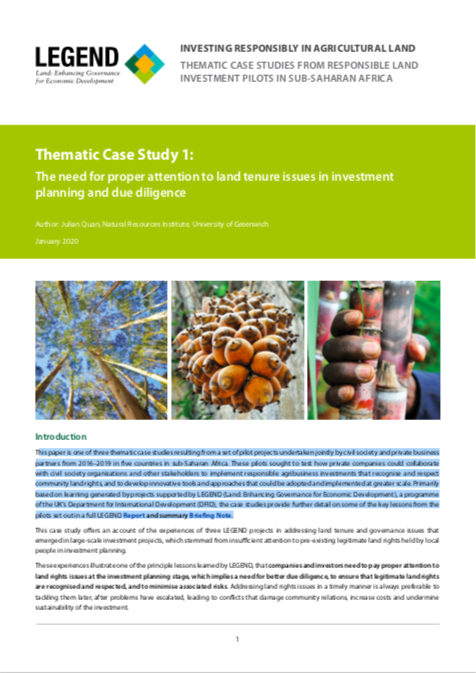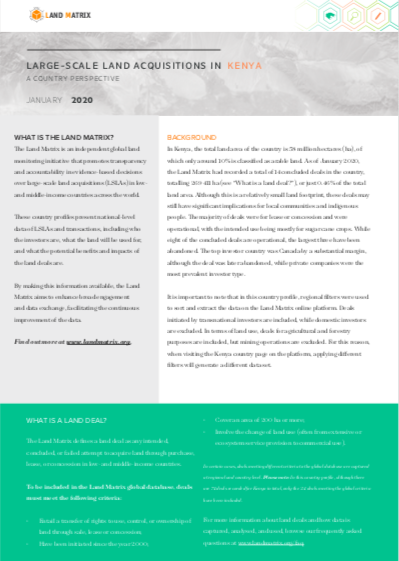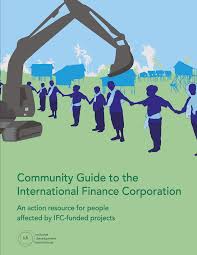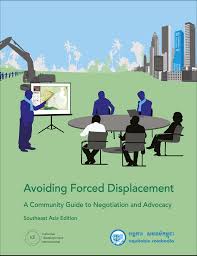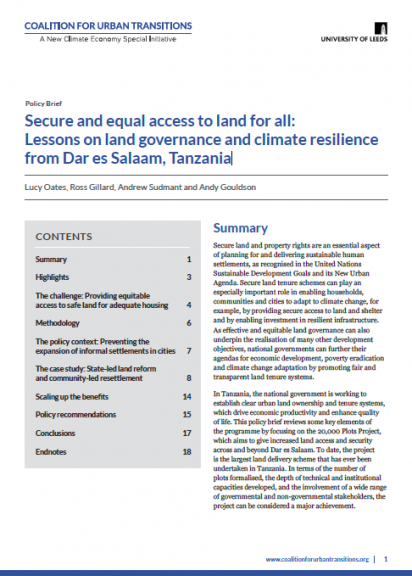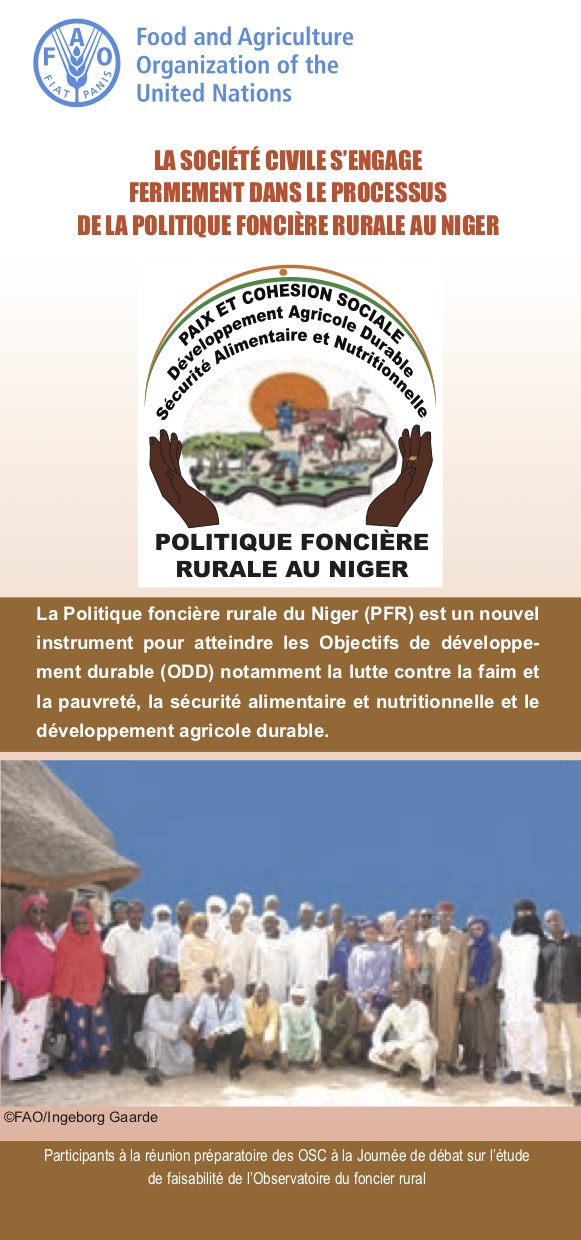Lamulo la Malo a Makolo 2016
Msonkhano Wodziwitsa Atsogoleri a ma Dipatimenti ndi Mabungwe a pa Boma
Mamembala a nthambi yoyendetsa chitukuko pa Boma ayenera kudziwa za lamulo la malo a makolo koyambirira kuti asankhe dera lomwe angakayambire ntchito zokhudza lamuloli.
Msonkhano Wodziwitsa Makomiti a ADC, VDC ndi Magulu a m’madera za Lamulo la Malo a Makolo
Makomiti a ADC ndi VDC ndi ofunika kwambiri pothandiza anthu a m’madera mwawo kumvetsetsa za lamulo la malo a makolo.
Chisankho cha Komiti Yoyendetsa za Malo a Makolo

